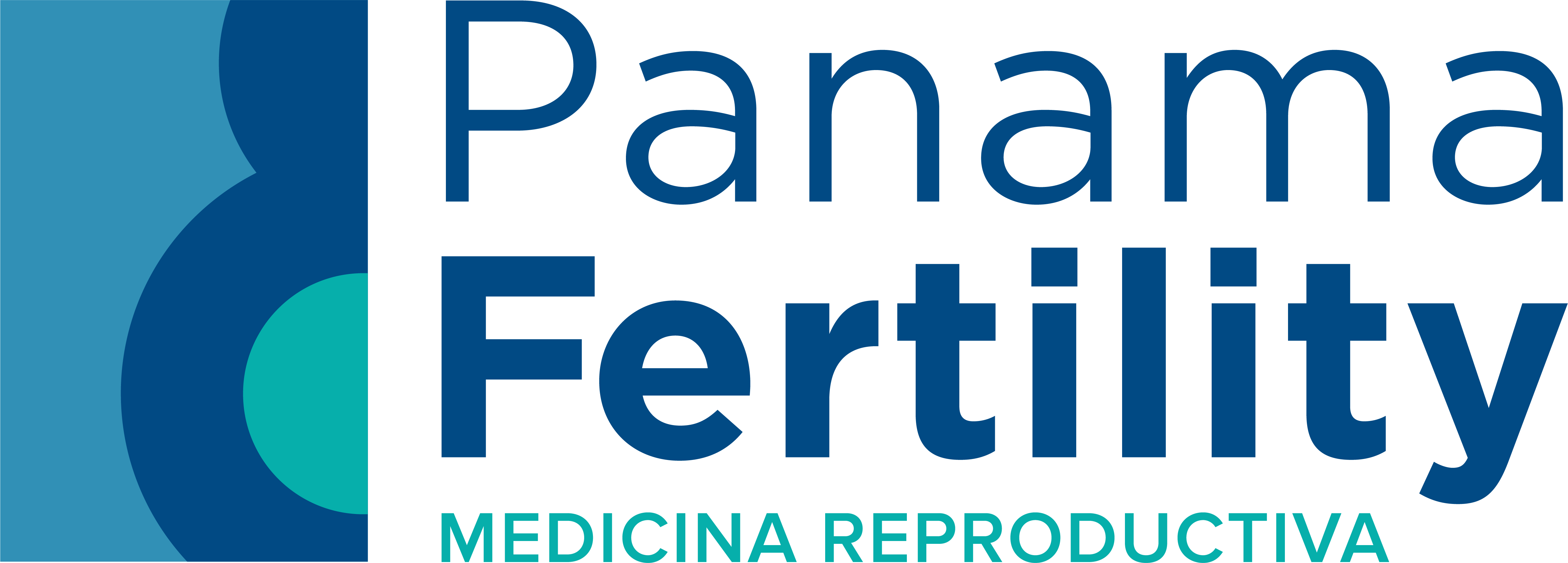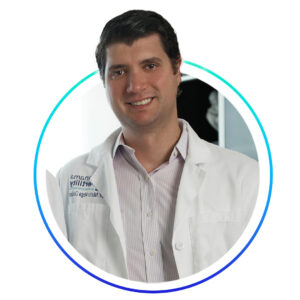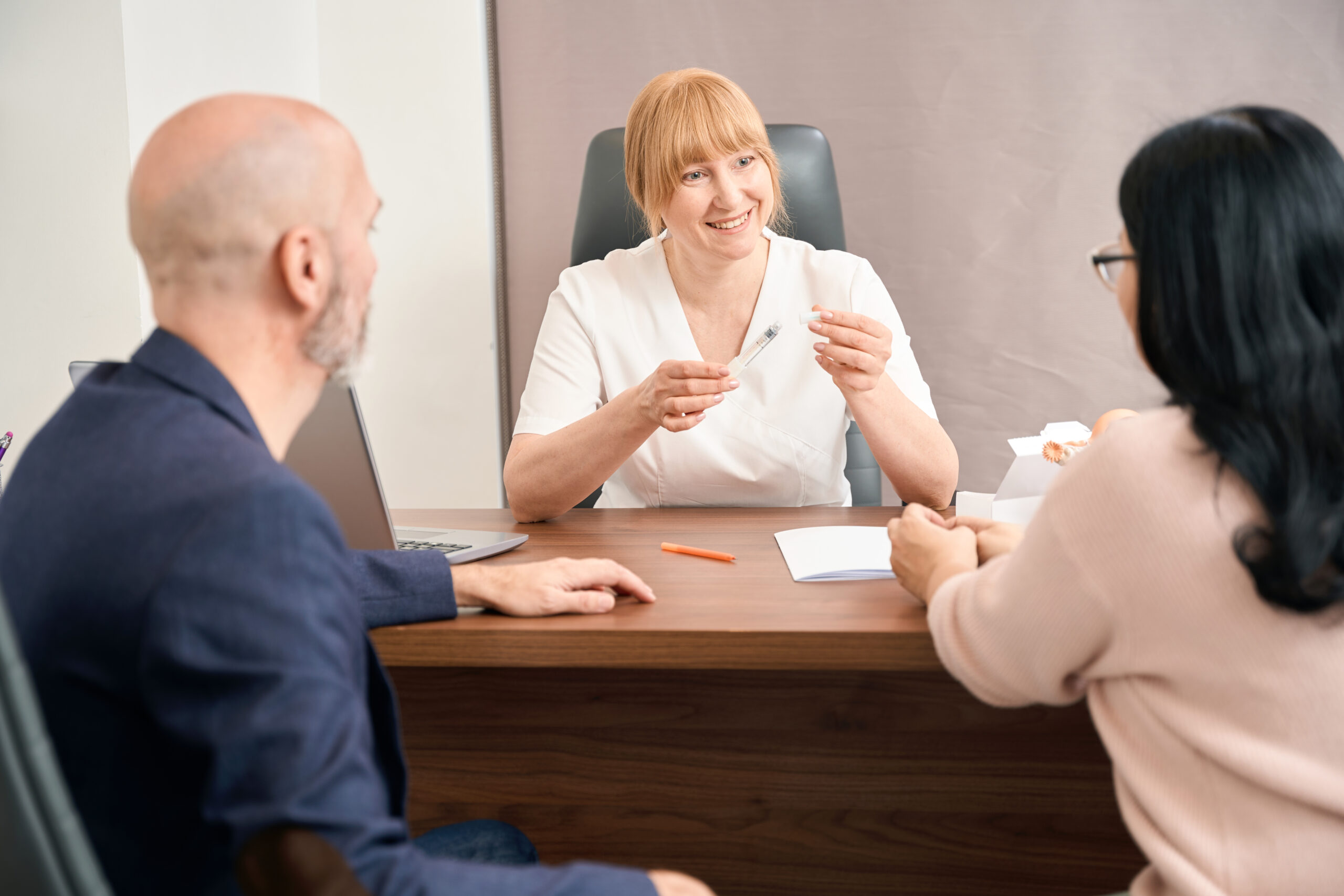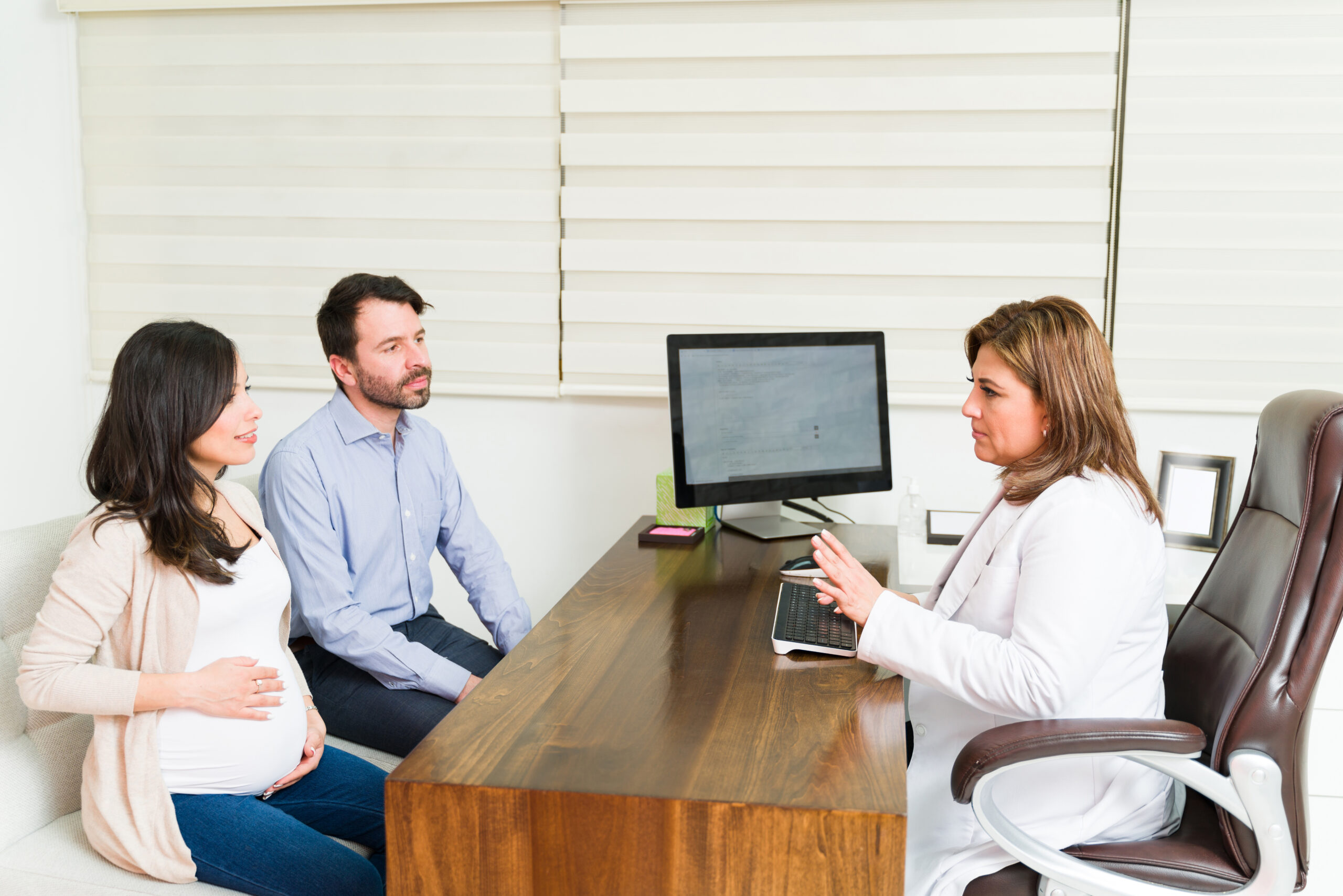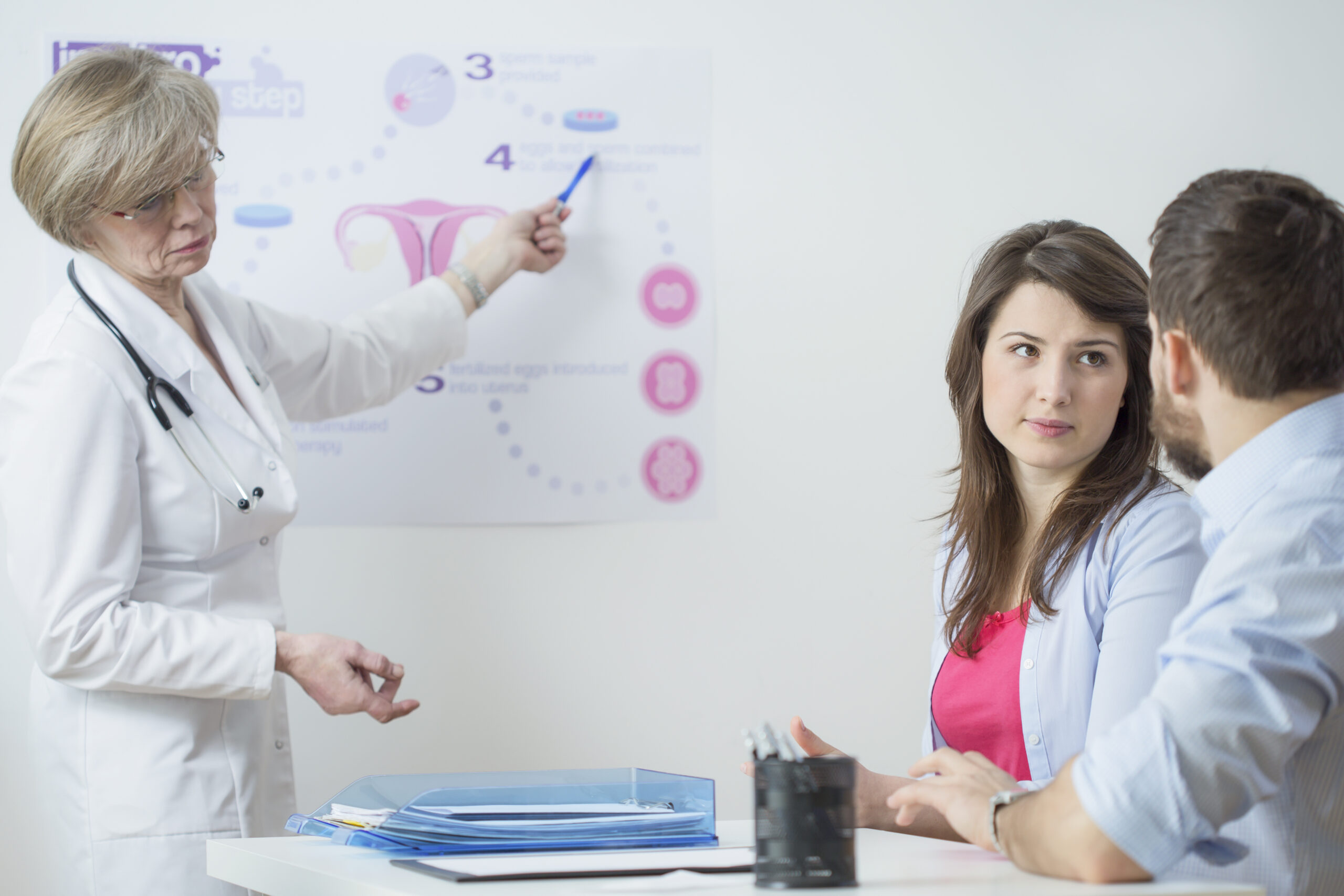PREGNANCY
When Is a Woman Most Fertile to Get Pregnant? A Guide from Panama Fertility

One of the most common questions for couples trying to conceive is: “When is a woman most fertile to get pregnant?” Understanding the fertile window — the time when a woman has the highest chance of becoming pregnant — can make a significant difference in achieving natural conception or planning fertility treatments.
At Panama Fertility, under the leadership of Dr. Mario Vega, we work with patients from across The Bahamas and the Caribbean to provide expert fertility guidance, whether you’re just starting your journey or facing complex challenges. Here’s everything you need to know about the timing of ovulation, fertility tracking, and when to seek professional help.
🔍 Understanding the Menstrual Cycle
A woman’s menstrual cycle typically lasts between 28 and 32 days, though this can vary. Ovulation — when an ovary releases an egg — usually occurs mid-cycle, around day 14 in a 28-day cycle.
Key Phases:
- Menstrual Phase (Day 1–5): The period. Hormone levels are low.
- Follicular Phase (Day 1–13): The body prepares to release an egg.
- Ovulation (Around Day 14): A mature egg is released into the fallopian tube.
- Luteal Phase (Day 15–28): The uterine lining thickens in case of pregnancy.
🌟 When Is a Woman Most Fertile?
A woman is most fertile in the days leading up to and including ovulation. This is known as the fertile window, which typically spans 5–6 days per cycle.
The most fertile days:
- Day of ovulation (most fertile)
- 2 days before ovulation (very fertile)
- 3–5 days before ovulation (fertile, but decreasing odds)
Sperm can live up to 5 days, while the egg survives for 12 to 24 hours after ovulation. That’s why timing intercourse in the days before ovulation gives the best chance of conception.
- Day of ovulation (most fertile)
📈 How to Identify the Fertile Window
Many women from The Bahamas and beyond are unaware of how to track their cycles accurately. Here are evidence-based ways to pinpoint ovulation:
1. Calendar Method
Track your cycle length over a few months and estimate mid-cycle ovulation. Simple, but less accurate.
2. Ovulation Predictor Kits (OPKs)
These test for the LH surge, which occurs 24–36 hours before ovulation. Available at pharmacies.
3. Basal Body Temperature (BBT)
Take your temperature every morning before getting out of bed. A slight rise indicates ovulation has occurred.
4. Cervical Mucus Monitoring
Around ovulation, cervical mucus becomes clear, stretchy, and slippery — similar to egg whites.
5. Ultrasound or Hormone Monitoring (recommended in a fertility clinic)
At Panama Fertility, we offer precise cycle monitoring using ultrasound and lab tests for women with irregular cycles or fertility concerns.
🤔 What If You’re Not Getting Pregnant?
If you’ve been trying to conceive for:
- 12 months (under age 35)
- 6 months (over age 35)
- Or have known conditions like PCOS, irregular cycles, or male factor infertility
…it’s time to seek professional evaluation.
At Panama Fertility, Dr. Mario Vega will perform a full fertility assessment, including:
- Ovarian reserve testing (AMH, FSH, ultrasound)
- Semen analysis
- Cycle tracking
- Hormonal evaluation
We then design a custom fertility plan — which may include natural cycle support, ovulation induction, IUI, or IVF — based on your goals and timeline.
🌎 Why Patients from The Bahamas Choose Panama Fertility
For many women in The Bahamas, access to specialized fertility care is limited. That’s why Panama Fertility is a trusted destination for Caribbean patients. We offer:
- 🧬 Advanced fertility testing and treatments
- 👨⚕️ Personal care from Dr. Mario Vega
- 💬 English-speaking team and international patient coordination
- 💰 Affordable options, including IVF, with clear pricing
- ✈️ Convenient access via direct or regional flights
Whether you’re just learning about your cycle or considering treatment after months of trying, we’re here to help — with empathy and expertise.
💡 Tips to Maximize Your Chances
- Track your fertile window consistently
- Maintain a healthy weight and balanced diet
- Avoid smoking, excessive alcohol, and stress
- Take prenatal vitamins, especially folic acid
- Have regular, unprotected intercourse during your fertile days
And most importantly — don’t wait too long to get professional guidance if pregnancy doesn’t happen after several cycles of trying.
🧡 Final Thoughts
Knowing when a woman is most fertile to get pregnant is the first step in taking control of your reproductive journey. Whether you’re planning naturally or exploring fertility support, understanding your body and your cycle is key.
If you live in The Bahamas and want expert guidance, Dr. Mario Vega and Panama Fertility offer personalized, world-class care — just a short flight away.
Book your virtual consultation today and let us help you move one step closer to the family you’ve been dreaming of.
PREGNANCY
👉 Book your appointment now.

🌟 At Panamá Fertility, we offer tailored treatment plans for women with endometriosis, combining expertise, advanced technology, and compassionate care to help you achieve pregnancy.
